The new G60 BMW 5-Series has just landed coming in nearly identical-looking ICE-powered and fully electric forms but is it prettier than the outgoing G30?
3 hours ago
 –>
–> 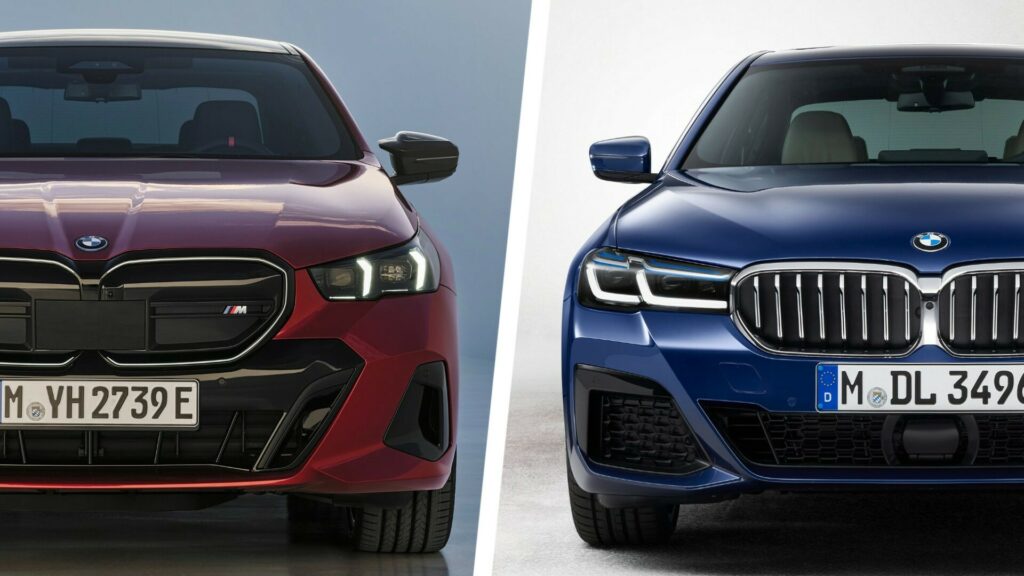
by Thanos Pappas
–>
The much-anticipated eighth-gen BMW 5-Series that debuted earlier this week might not have the shock-inducing styling of the larger 7-Series or the XM, but it still sparked controversy among automotive enthusiasts. As with all new models, the visual comparison with its predecessor is inevitable, so we put the G30 and G60 side-to-side, discussing the good and the ugly side of evolution.
For the sake of this comparison, we used the variants that BMW chose to highlight during the presentation of each model – the facelifted seventh-gen 530e (PHEV) dressed in blue, and the eighth-gen i5 M60 (BEV) in deep red. Both are high-spec variants and come fitted with the sporty-looking M-Package, so despite not being the identical spec/trim, they come pretty close.
More: 2024 BMW 5-Series Finally Revealed, $84,100 All-Electric i5 M60 Gets Top Billing
While the G30 BMW 5-Series that was officially introduced in 2016 (with sales following the next year) shows its age, the pictured facelifted model that came in 2020 with slimmer headlights and redesigned bumpers still has a graceful yet understated road presence. However, a direct comparison with the all-new G60 2024 BMW 5-Series/i5 reveals that the latter is much more modern in terms of surfacing and styling language despite the fact it retains the traditional three-box proportions of a four-door sedan.
The face of the G60 is busier and more grumpy-looking compared to its predecessor, with the bumps and creases on the bumper and bonnet feeling unnecessarily complex when looked at from certain angles. The black trim around the blocked grille and intakes of the pictured i5 M60 is a bit excessive – at least in our eyes – while the headlights and high-mounted nose would probably work better in an SUV. Things are worse in the base-spec G60 which doesn’t look as good as the base-spec G30, as the small intakes and the chrome-infused grille give it a weird face.
When looked from the side, it is clear that the nose of the 5-Series sits higher and more upright than that of the old model, with the larger-diameter wheels trying to save the proportions. This feature makes the hood appear longer and gives the car a more commanding road presence that is more typical of the 7-Series, but also creates an overly aggressive feel in combination with the “smiley” and illuminated kidney grille.
advertisement scroll to continue
More: New BMW 7-Series Tries On The Faces Of Its Predecessors
A good thing with the G60’s profile is the much cleaner surfacing, with a soft and nearly horizontal character line above the flush door handles and a stronger upwards shifting crease above the side sills. Both are nicely integrated with the fenders, without the weird-looking side gill of the old G30. The side view could be a win for BMW designers if it wasn’t for the rear section of the side windows. The element that divides us is the black trim with “5” lettering on the D-pillar which somehow worsens the effect of the signature Hofmeister kink.
Moving over to the back, BMW abandoned its L-shaped taillight graphics once more in the history of the nameplate, opting for a pair of slimmer elongated units. We like the fact that the Bavarian automaker kept a distance from the full-width LED trend and the minimalist graphics are arguably much nicer than the star emblems used in the rival Mercedes E-Class. However, the end result is not as impressive as we would expect from a premium midsize sedan, and certainly not as distinct as the tail of the previous-gen model which shouted BMW from a distance.
The Interiors
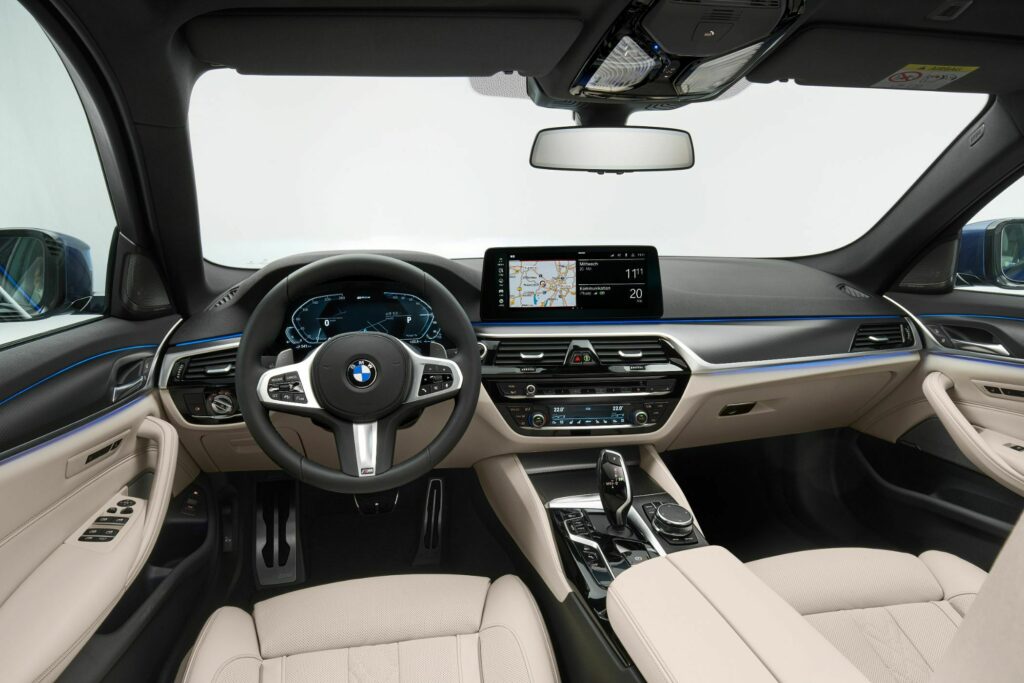
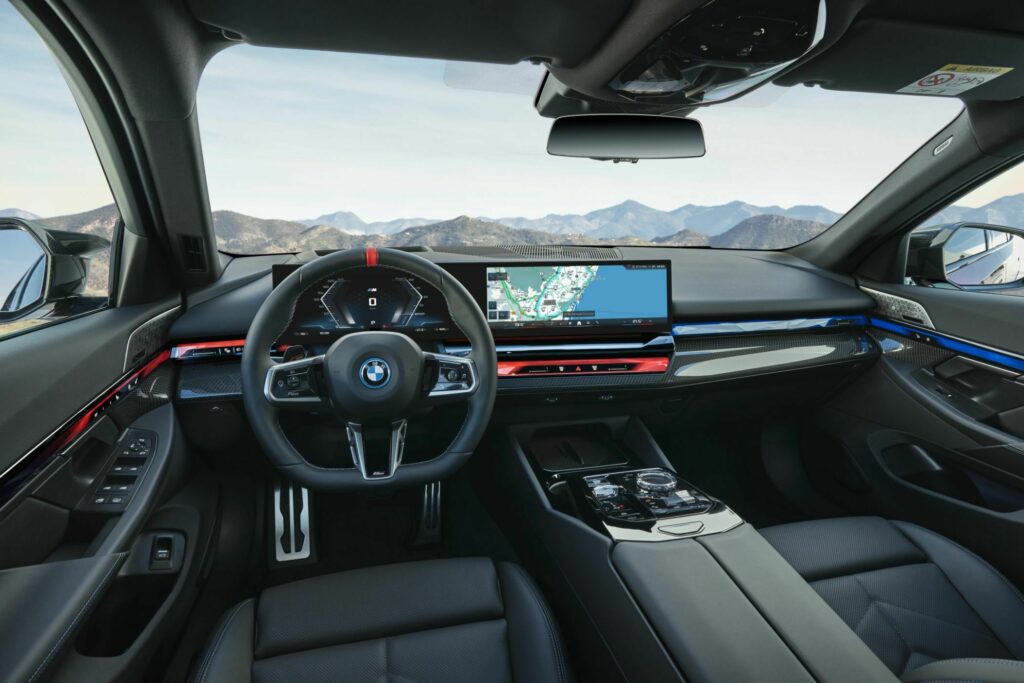
And that leads us to the interior, which looks like a big step up in terms of technology. The G30 already had a digital cockpit but unlike the rest of the BMW lineup, it hadn’t reverted to the newer curved single-panel layout. The G60 predictably gets the full package with the 12.3-inch instrument cluster and 14.9-inch infotainment running BMW’s latest Drive 8.5 operating system. Fans of the iDrive won’t be disappointed either as the cylindrical control is still on the center console. The G60 is also better in terms of safety kit and ADAS but this is the case with nearly all new generation models.
Larger Footprint
In case you were wondering whether there is a size difference between the two models, the G60 is indeed larger than the G30. The new 5-Series measures 199.2 inches (5,060 mm) long, 74.8 inches (1,900 mm) wide, and 59.6 inches (1,515 mm) tall with a wheelbase of 117.9 inches (2,995 mm). This makes it 3.4 inches (86.4 mm) longer, 1.7 inches (42 mm) wider, and 0.7 inches (17 mm) taller, with 0.8 inches (20 mm) of extra space between the axles. Both generations of BMW’s executive sedan are based on the CLAR architecture, although the more evolved G60 is available in fully electric form for the first time ever, alongside the ICE-powered mild-hybrid and plug-in hybrid guises.
So which BMW 5-Series of the latest two is your favorite and what is your take on the newcomer?
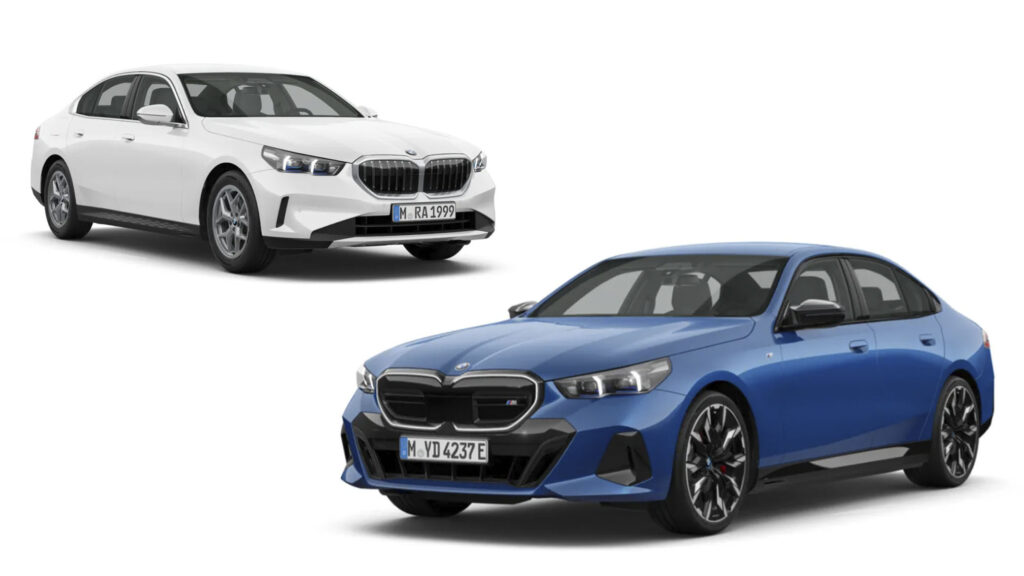
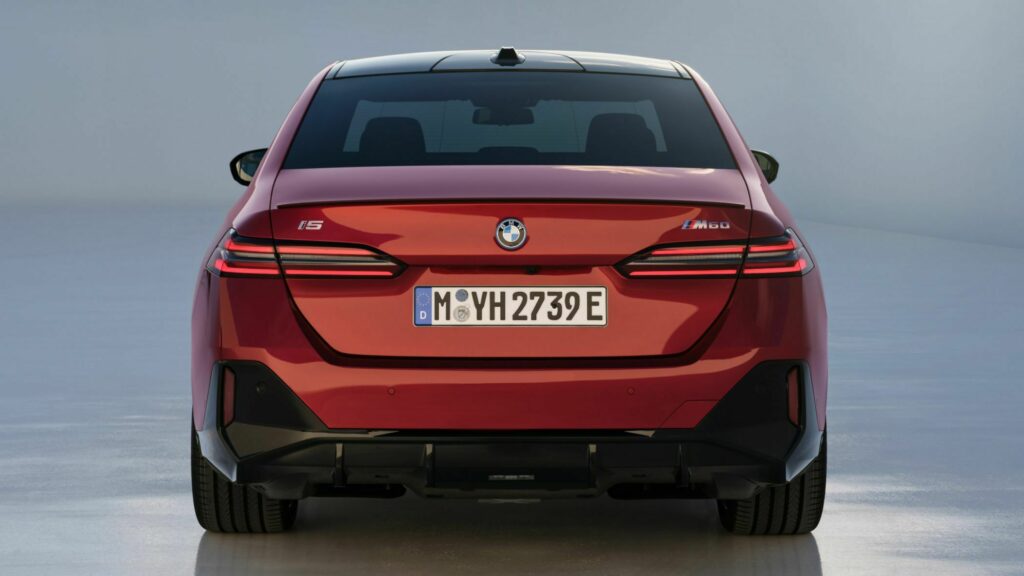
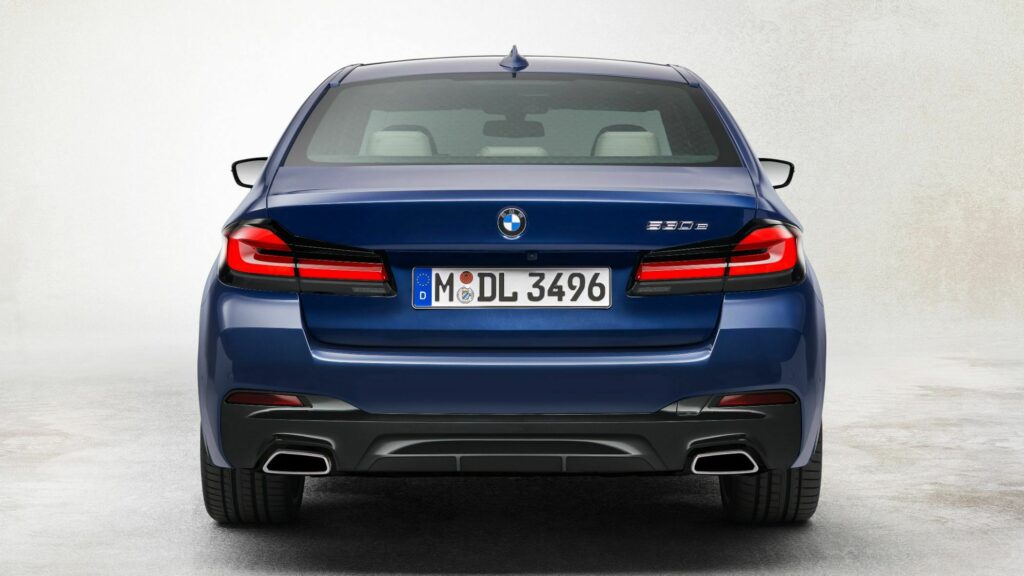
 –>
–> 

